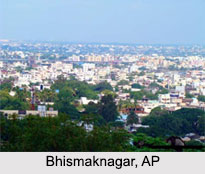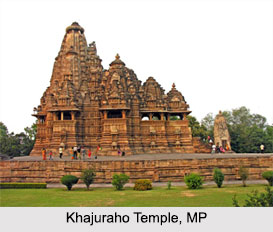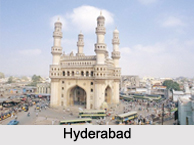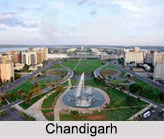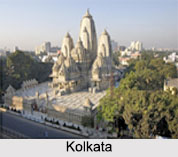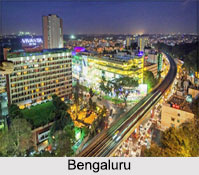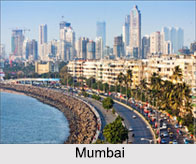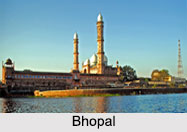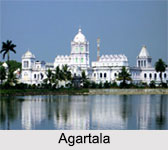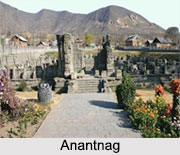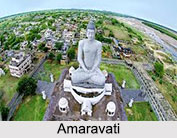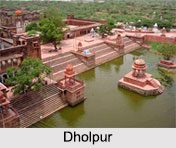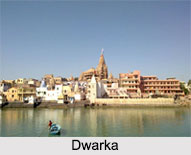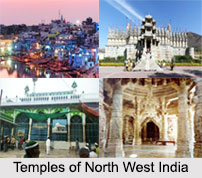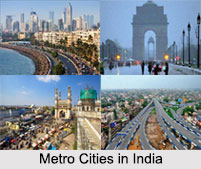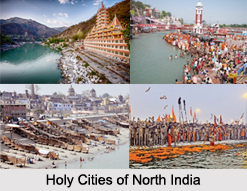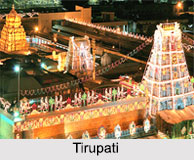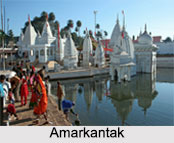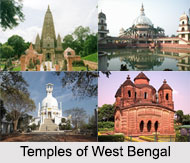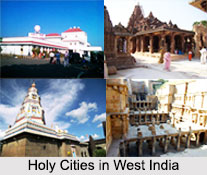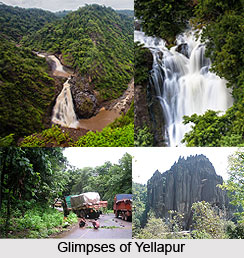 Yellapur is a town in Uttara Kannada district in the Karnataka state of India. The town is known as a "main road town" which means it is a village with one main road and facilities such as tea serving stalls, telephone booths and tire puncture repair shops. Yellapur is also known for being once the home to members of an African tribe. The tribe is said to have lived in the town for several decades. This town is popular for two famous natural falls, and many other hills and valleys. Tourists from varied places visit Yellapur to have a glimpse of these natural beauties.
Yellapur is a town in Uttara Kannada district in the Karnataka state of India. The town is known as a "main road town" which means it is a village with one main road and facilities such as tea serving stalls, telephone booths and tire puncture repair shops. Yellapur is also known for being once the home to members of an African tribe. The tribe is said to have lived in the town for several decades. This town is popular for two famous natural falls, and many other hills and valleys. Tourists from varied places visit Yellapur to have a glimpse of these natural beauties.
Location of Yellapur
It is located in the Western Ghats section of Karnataka. It is situated at 14.97 degree North 74.72 degree East. It has an average elevation of 541 metres.
Demography of Yellapur
On the basis of the India census report of 2001, Yellapur had a population of 17, 938 of which males constitute 51% and females 49%. 12% of the population of the town is under 6 years of age. On the basis of the report of the same year, the town had an average literacy rate of 73%, higher than the national average of 59.5%. The male literacy was 79% and female literacy was 68%. The majority of the people speak Kannada language. 90% of the people in Yellapur are farmers. They mainly grow Areca nuts and rice.
Attractions of Yellapur
Yellapur is known for various tourist destinations like Sathodi Falls, Magod Falls, Jenukallu Gudda etc. They are quite popular amongst local as well as distant people.
Sathodi Falls
Nestled at a distance of 25 km from Yellapur, this is one of the most well-known falls in Karnataka. Owing to the picturesque view, it is more popularly known as mini-Niagara of the south. The main appeal of this waterfall is its charming serene location. It falls from a height of 15 meters.
Magod Falls
Known for its beautiful surrounding, the fall is situated 19 km away from Yellapur, in the village of Magodu. In the vicinity of this fall, there is a sunset point called Jenu Kallu Gudda from where one can enjoy the stunning view of the sun set.
Jenukallu Gudda
Situated 17 km from Yellapur, this is a marvelous viewpoint in the Western Ghat. It offers a panoramic view of the hills packed one behind the other. The terms Jenu, Kallu and Gudda mean honey, stone and hill respectively. The Bedti River from Magod falls runs across the green hills and descends all the way to join the Arabian Sea beyond the hills.
